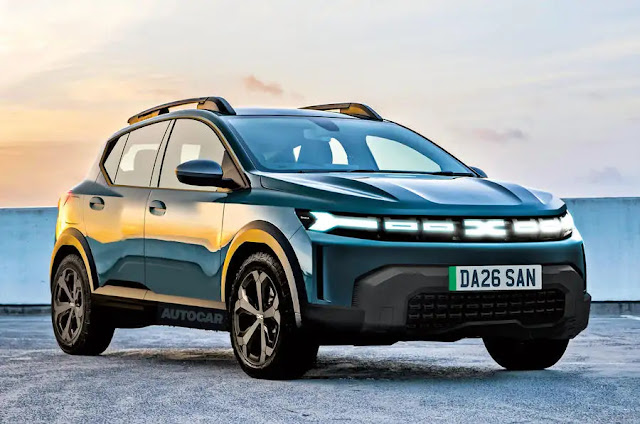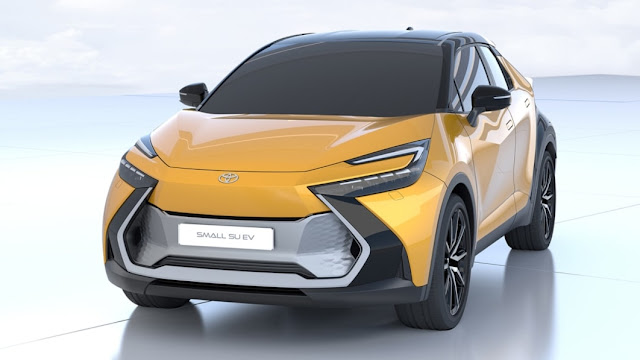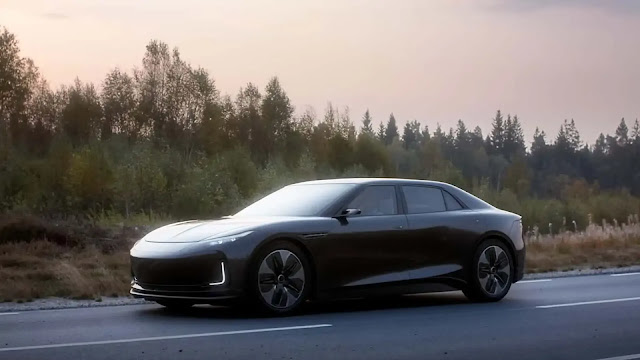Dacia Sandero set to ride high into the future - electrification meets utility
Dacia's Sandero is an iconic car on European roads. It has become popular among working-class people and students. This carmaker has always offered a unique combination of utility and affordability, making it an instant choice among the masses. In 2027 or 2028, Dacia will launch the fourth generation of the Sandero. According to the company CEO Denis Le Vot, it will live until 2034 or 2035, and will continue to represent an affordable alternative in the EV market.
Dacia envisions the new Sandero as a rugged, raised supermini that combines utility and practicality. This new EV model will cater to low-cost buyers in a segment already crowded with premium, expensive options. The company plans to reduce the cost of production, thereby providing a more accessible option for the budget-conscious. Le Vot states that Dacia plans to provide a shorter range and longer charging times for the EV Sandero. This move is in contrast to the recent EV boom, where manufacturers have been competing with one another for longer ranges and less charging time. Dacia believes that consumers are hindered from the EV transition as prices are at an all-time high, hovering around €35,000-€45,000, and not an affordable entry point.
Design boss David Durand has indicated that the Sandero will remain a hatchback as Dacia is not looking to pivot towards an all-SUV lineup. However, the flagship car will receive a more practical and utilitarian design, with increased ground clearance and off-road ability.
The new Sandero will be a part of the Renault Group’s CMF-B platform and adopt the closely related CMF-BEV electric equivalent. Dacia aims to make the battery chemistry as cheap as possible to maintain affordable pricing and make up for the shorter range. Dacia is looking to follow in Renault's footsteps by introducing a sodium-based battery for the Sandero, which is not a popular option for other carmakers. However, according to Le Vot, sodium batteries are relatively cheap and having a lower range could make up for the relatively lower cycle life of the battery compared to more popular alternatives.
Sales and marketing boss Xavier Martinet has revealed that consumers value 4x4 capabilities, higher ground clearance, and the capability to tackle roads outside the norm. This will set the precedent for Dacia's future models, which may also focus heavily on utility and the outdoors.
Dacia's design team has also promised that the new Sandero will be a distinct departure from the previous generation. While it has not yet been unveiled, insiders have suggested that it will adopt an element of ruggedness and off-road usability inspired by the Sandero Stepway. This, coupled with an affordable price point, is sure to make the new Sandero a standout vehicle in the competitive European car market. The Dacia Sandero is set to live up to its name and become "the flag-bearer for the marque's low-cost route towards a zero-emissions lineup". We can't wait to see what Dacia has in store for us in 2027!




Comments